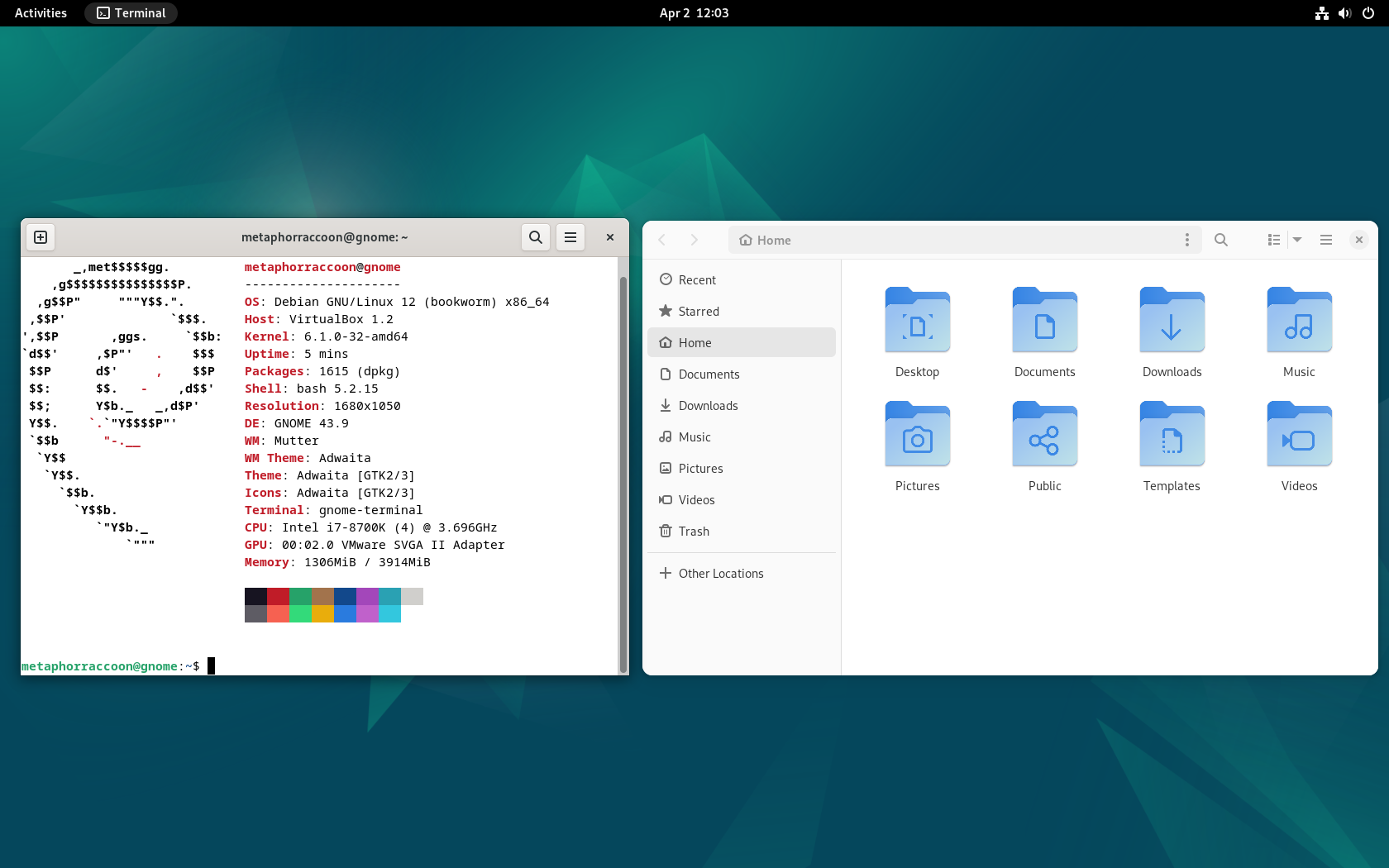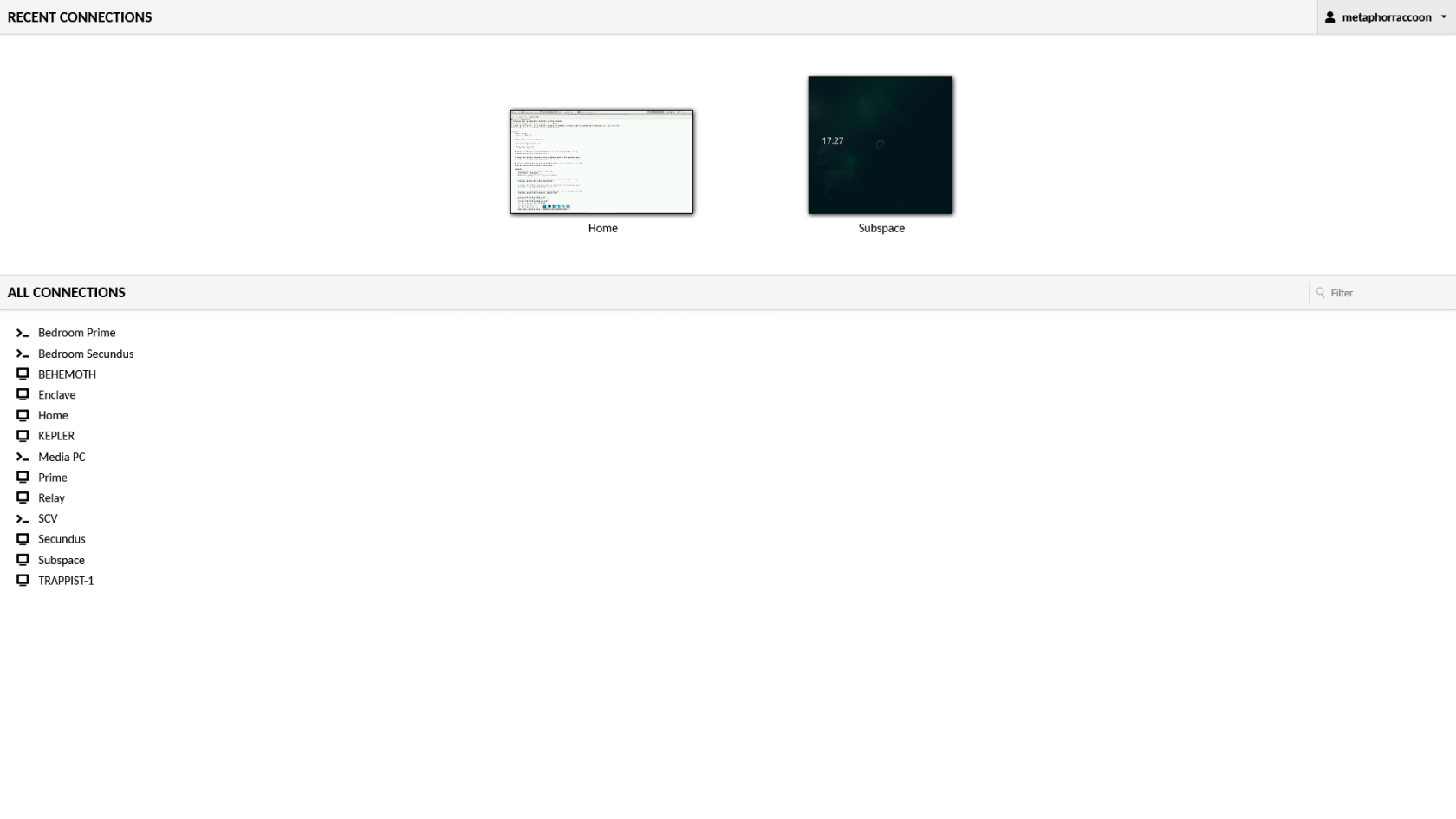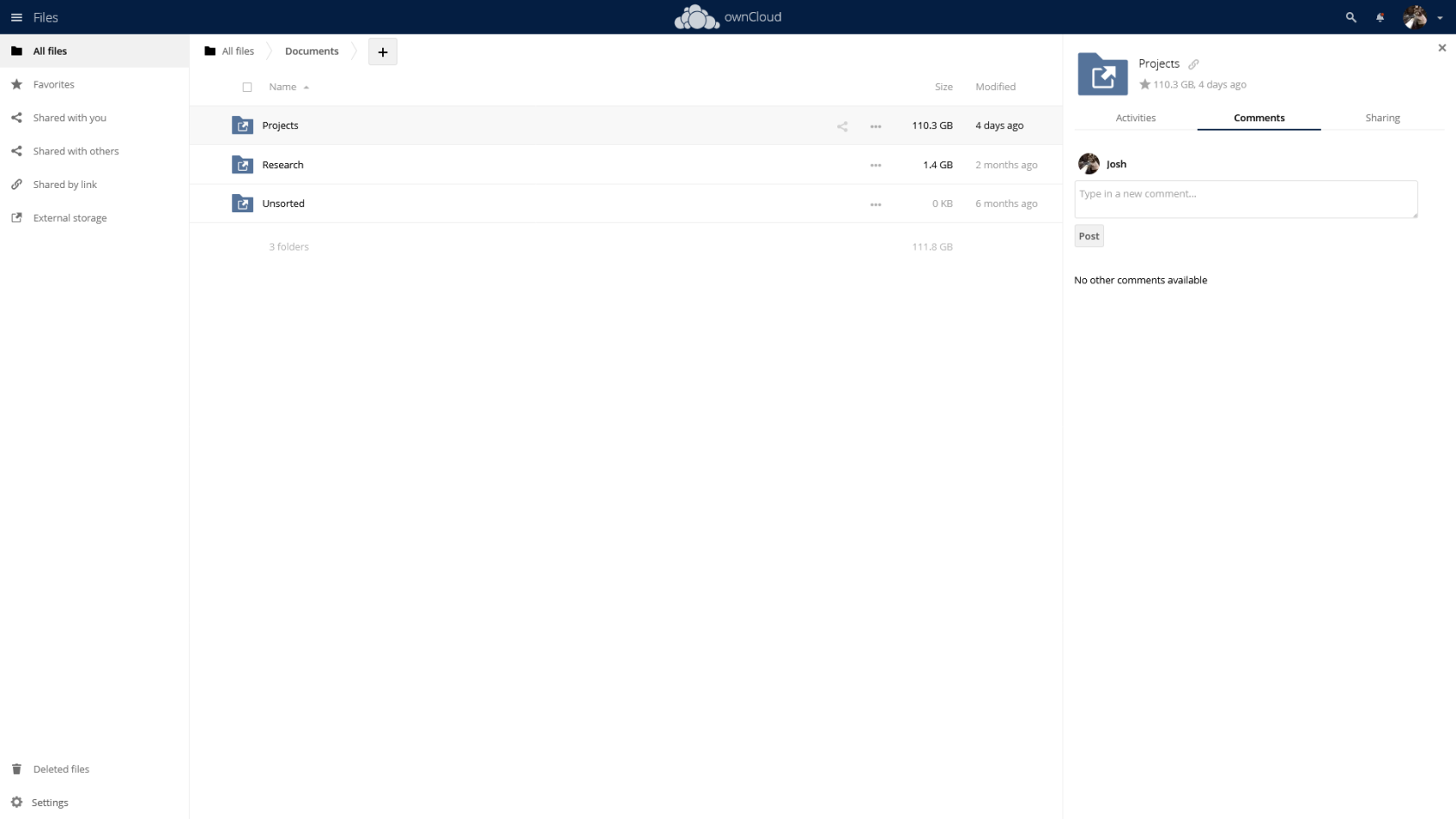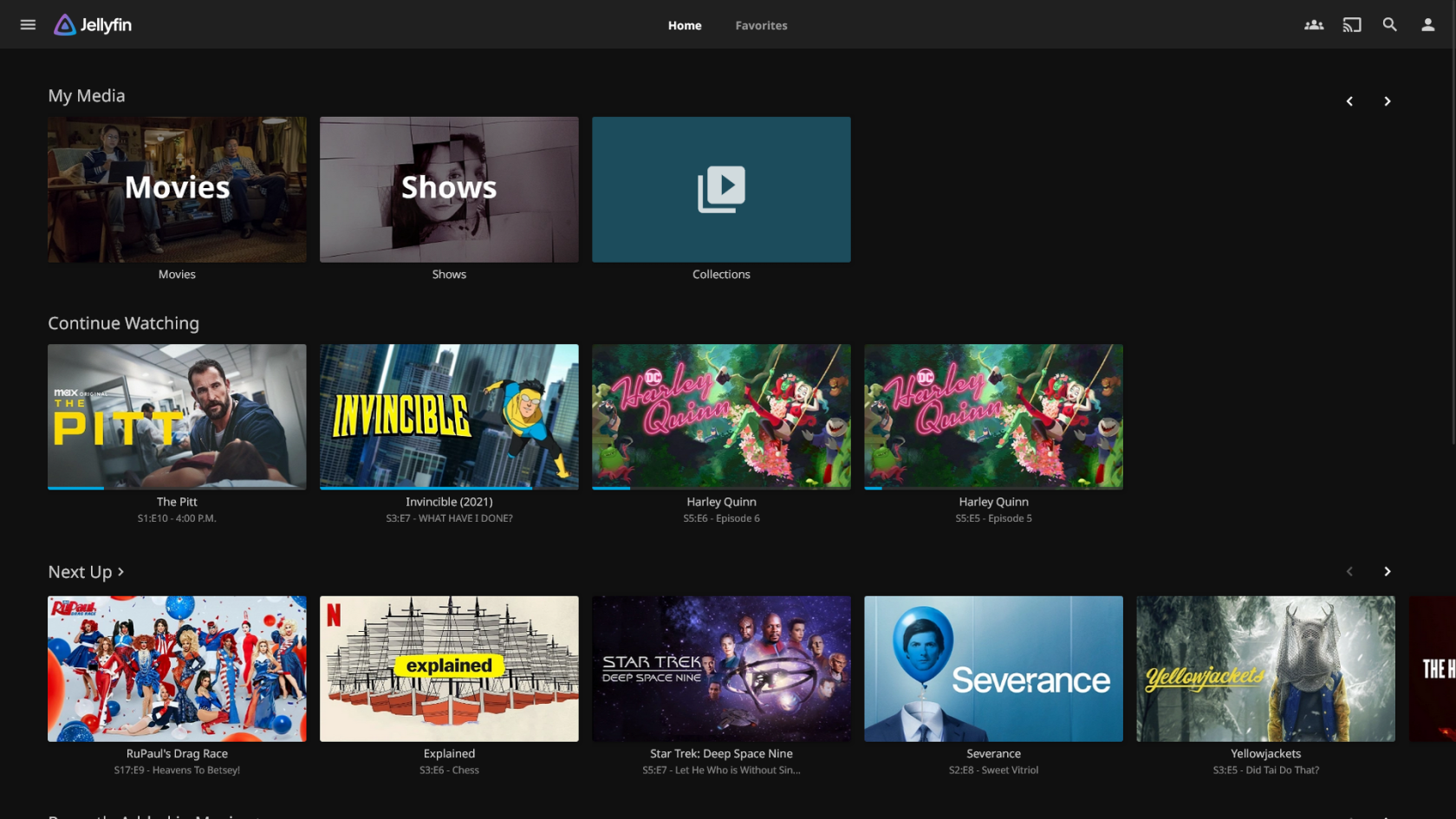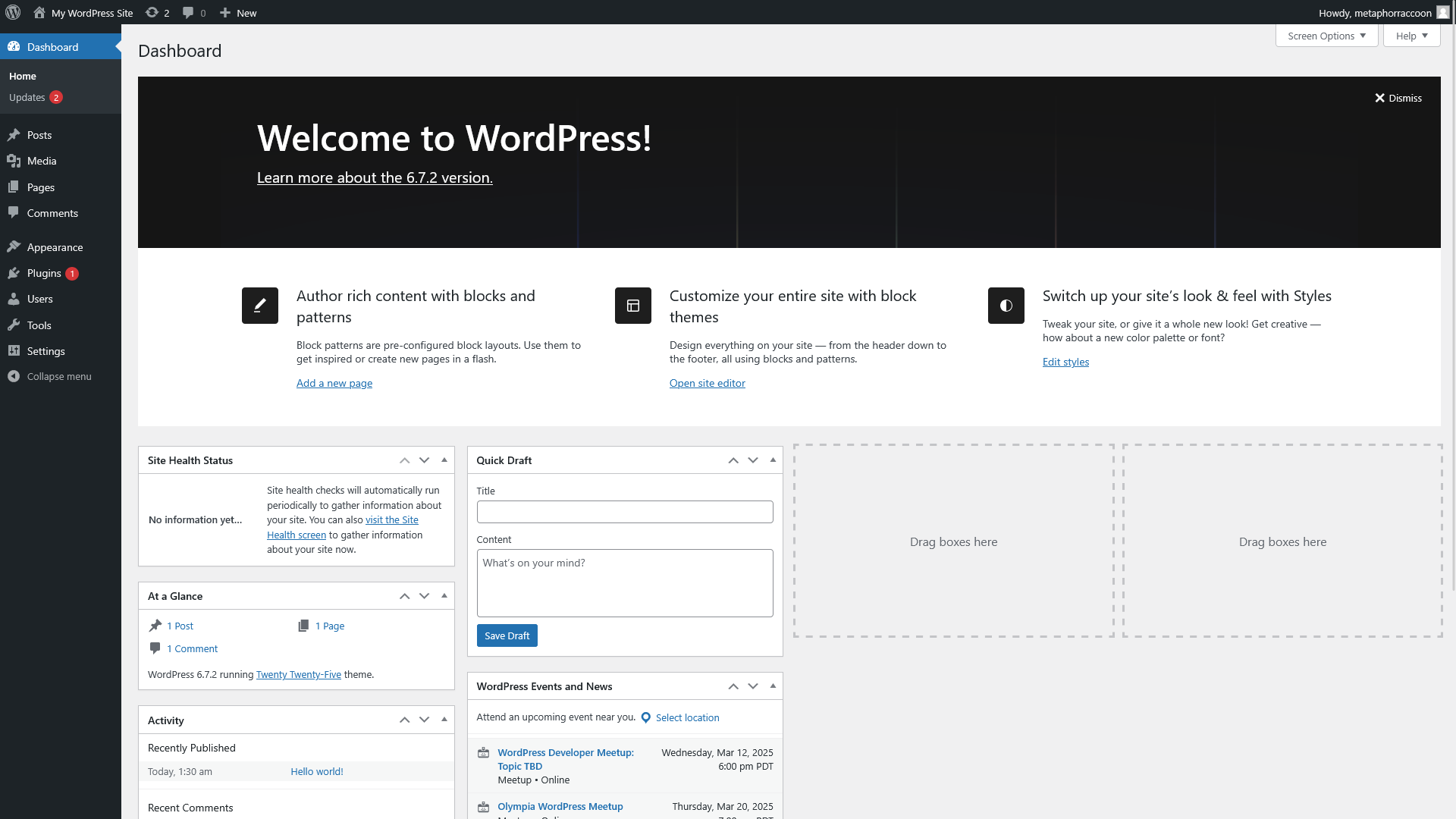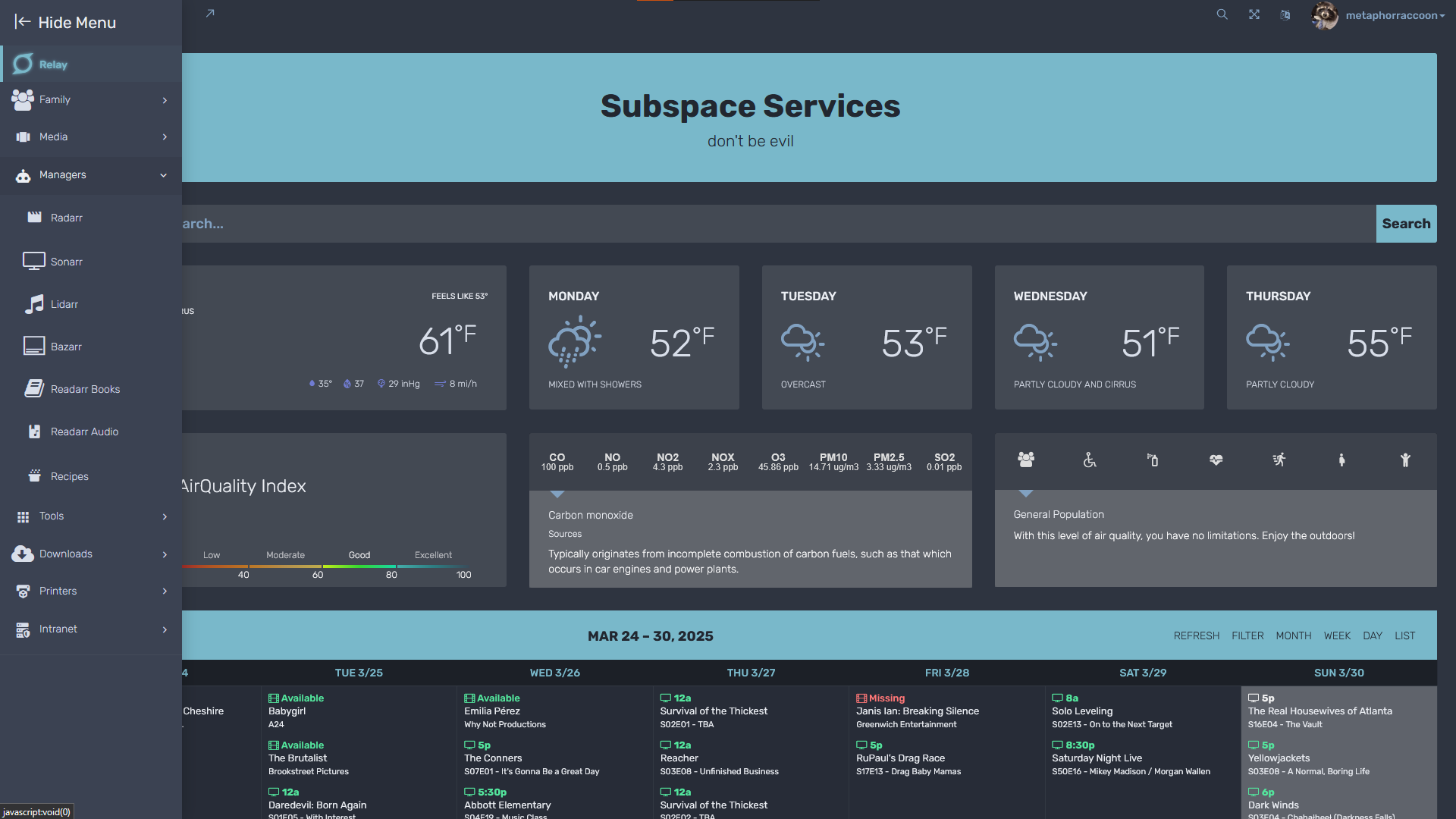Background
Many people know how to install a computer program, but wouldn’t even know where to begin if asked how the cloud works. As we increasingly rely on the Cloud (or digital services hosted on someone else's computer), we must consider how this affects our personal privacy and security. We have the right to control our digital ecosystem.
cloudWhat is the Cloud?
Computers and their networks have been intentionally designed to be abstract – masking inner depths though a shared common language. We don't need to understand electrical engineering to build a computer, just which parts work together.
These systems consist of collective parts working towards a desired outcome. We must not lose sight of the small details lost in translation. When we create digital spaces, we must not forget the effect we have on our physical world – from the server in our garage to the data center down the street.
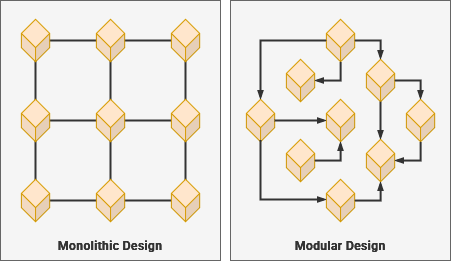
We leave a mark on the spaces left in our care and our personal decisions have reverberating effects that can be felt by others. The “Cloud” has taken control over the way corporations handle digital infrastructure. By 2025, an estimated 96% of corporations will rely on the cloud with a majority of corporate data stored outside their business.
By extension, everyday consumers have been progressively forced into the “Cloud” alongside them. But, what does this mean and how does it work? Open-source software solutions can put us back in control of our digital experiences. By joining these open collaborative communities, we can add diverse voices throughout their growth process.
Learning Objectives
We believe that anyone can host their own server, but there are questions we must ask ourselves first. How does this power translate into responsibility?
|
Hardware |
Practical Be able to assess computer hardware components, install a working operating system and host a simple web server using open-source cloud computing technologies.
|
| Engineering |
Technical Understand the historical context, significance, and potential applications for cloud computing.
|
| Diversity_1 |
Social Explore the role that cloud computing has on mediating our relationships between people, places, communities, and “Technology”.
|
| Psychology |
Personal Critically analyze and assess the vulnerabilities that can arise through reliance on cloud technologies.
|
Before you make the decision to learn how to build a server from my perspective, it may help to learn more about the person writing.
What You'll Need
There are several things we will need in order to operate a self-hosted server from home. You can fulfill each of these requirements at a variety of price points, including free options where available.
|
Desktop_windows |
Computer $50 – $1500
You will need computer hardware to host your server. This can be anything from a Raspberry Pi to a dedicated tower server, new or refurbished. Create a budget server and upgrade it as the need arises.
|
| cable |
Accessories $0 – $300
You will need a display, mouse and keyboard to interact with your computer, as well as cables and a USB flash drive.
|
| language |
Internet Service $30+/month
You will need internet access for your home server. Preferably, it is a hardwired internet connection – such as cable or fiber – as opposed to wireless – like satellite.
|
| Router |
Router $50 – $150
You will need a router that has Port Forwarding so it can forward traffic from the router to your home server. While not required, Dynamic DNS allows you to connect to your server without purchasing a domain name.
|
| Vpn_lock |
VPN Provider Free to $9+/month
A Virtual Private Network provider is an excellent way to maintain privacy and anonymity on the internet. While self-hosting services, they can hide personal information like what you're downloading or what websites you're accessing.
|
| Domain_verification |
Domain Name Free – $20,000
Accessing our server over the internet will generally require a domain name – such as example.com – and there is a wide price variability.
|
Before you commit yourself to this project, take this opportunity to explore everything you'll need to follow along. It's also important to reflect on how you will approach this learning experience.
Process & Format
Aside from curiosity and hardware, you will need to create the space for reflection – about yourself and world being shared. While you might not need to know how to write program code, you must be comfortable to think critically.
This will not be just about how to do it, but also a reflection of how and why we arrived where we are. When we take back responsibility for our digital selves, we also gain the power and community to shape the digital world. Your perspective is vital for creating equitable technologies. Together, we can learn how to talk back and forge a new relationship with technology.
"Your Personal Cloud" will be a five-part series, divided into five books through this digital repository. These will follow a book metaphor with chapters and pages, progressively leading the way through making your own server.
This is a self-led learning experience geared towards personal reflection and growth. Each book will contain do-it-yourself guides that progressively build on the last, standing as tangible milestones for your progress. Throughout, we will explore why computers came to be, how we first connected them and what that means for global communities as we continue forward together.
These resources can be exported for your own personal archive.
These books will provide quick links to community-crafted resources – like Wikipedia – to help place ideas within larger concepts. Links within the text to academic, corporate and community resources will attempt to lend weight to the claims. Illustrations, digrams and visual resources are heavily leveraged to express and communicate abstract concepts.
We will be the same techniques and technologies used by many companies to host their own websites and cloud services. Created through community-powered projects, these technologies are robust enough for corporations while still accessible to someone looking to host a small home server.
A Project Notebook is offered alongside these lessons to keep track of technical notes, as well as to provide a central space for reflection and brainstorming. This can be printed – or downloaded as a form-fillable PDF – to act as a reference throughout all five books.
Outcome
We will be creating a personal home server that can be used to host our own cloud applications using the same tools that tech giants use. These can be services for yourself, your family, your community or even your small business. All you will need to bring is your own hardware and internet services.
|
|
We will use all free and open-source software like Debian Linux and Docker. |
|
It will run "headless" – without a display – and you can control it through a web browser. |
Services
Through this guide, you can explore open-source alternatives to many of the cloud services you're already familiar with.
There are so many cloud services to choose from, including self-hosting your own:
Many self-hosted services focus on modern and responsive web application interfaces that run in your browser. This means you can securely access your self-hosted services from any computing device. Many also support desktop and mobile apps built for your operating system.
Home Page
By self-hosting Organizr, or other tools like it, we can create a homepage that keeps all of our services accessible in one place – on desktop and mobile devices.
| Create tabs for each service, sort them into groups and create accounts to share access with friends. | |
 |
Create a Progressive Web App to add your Organizr to your desktop. |
| Extend your home page with add-ons for other self-hosted services. |

